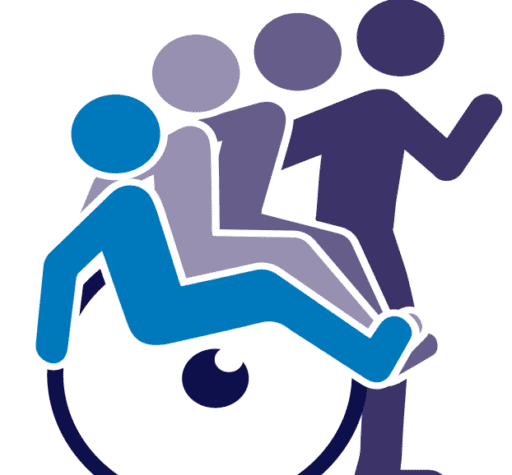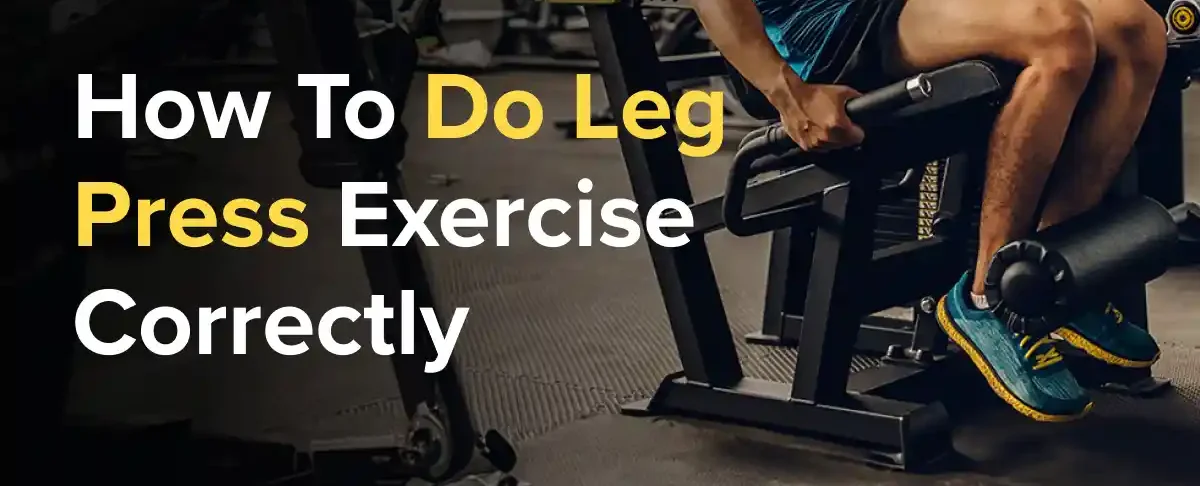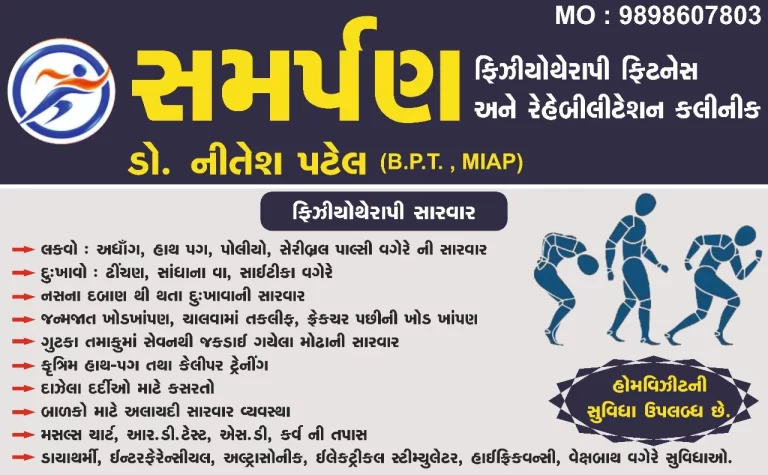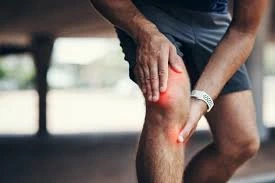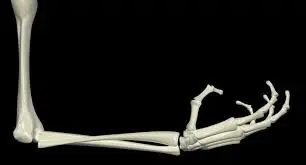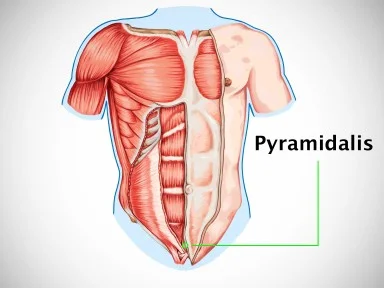Leg Press Exercise
Your body is built on your legs, and maintaining the stability of that foundation depends on having a strong lower body. You may strengthen your lower body by using resistance equipment, free weights, or your own body weight.
One of the greatest machines for building lower body strength is the leg press. This seating apparatus evaluates your legs’ capacity to exert force away from your body.
Table of Contents
What is Leg Press?
Leg presses are resistance exercises in which you use your legs to push a weighted platform away from your body while seated on a machine. Because it focuses on the quadriceps, hamstrings, and glutes, it is a well-liked lower-body strength training exercise.
Muscles Used While Performing Leg Press
- Quadriceps
- Hamstrings
- Glutes
The leg press uses all of your large lower body muscles because, well, it’s all about your legs. Specifically, the quadriceps, hamstrings, and glutes. Although the larger muscles in your legs will be the main focus, you will also target the lesser supporting muscles.
How to Perform Leg Press Exercise
You should arrange your body in a specific way when using a seated leg press machine. Make sure the cushioning supports your head and back pleasantly when you sit down on the machine. Place your feet on the footplate so they’re about hip-width apart, ensuring your heels stay even.
Your buttocks should rest flat against the seat rather than rising. Having your feet too high on the plate can strain your glutes, while placing them too low puts undue strain on your knees. You should not bend your knees inward or outward; instead, they should be parallel to your feet.
- Use your forefoot and heels and brace your core muscles to push the platform away. Maintain flat heels when on the footplate.
- Moving the pad forward should never be done just with the front of your foot or toes.
- Breathe freely and spread your legs while keeping your head and back flat on the seat pad.
- Instead of extending with a forceful motion, do so slowly.
- When the movement reaches its peak, pause.
- Avoid locking your knees out and make sure they are not bending in or out.
- Bend the knees slowly as you inhale to bring the footplate back to its initial position.
- Begin gently with three sets of ten leg presses if you have never performed them before. You can proceed from there as your strength increases.
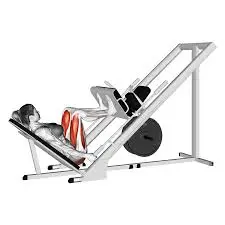
Variation While Performing Leg Press
- Standard Leg Press
- Wide Stance Leg Press
- Narrow Stance Leg Press
- High Foot Placement Leg Press
- Single Leg Press
- Calf Press on the Leg Press Machine
Standard Leg Press:
- The basic leg press involves putting your feet shoulder-width apart on the platform and bending your toes slightly forward.
- Strengthening the quadriceps, hamstrings, and glutes is facilitated by this posture.
- Muscle involvement that is balanced: The basic leg press is an excellent way to begin your routine since it targets the major muscles in your lower body.
- Enhanced leg power and strength: Doing the normal leg press on a regular basis can help improve overall leg power and strength.
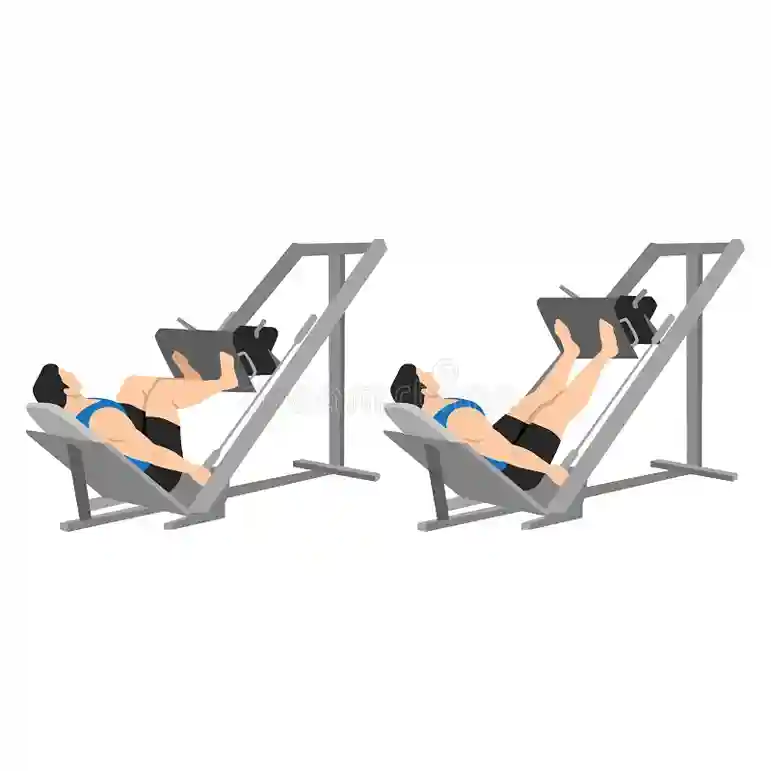
Wide Stance Leg Press:
- For a large press of the foot, place the foot platform, with slightly sloping toes, wider than the shoulder width. Muscles on the inside thighs, known as the glutes and adductors, are highlighted in this variant.
- The inner thigh muscles, which are commonly ignored, are worked, and glute activation is enhanced by the wide stance leg press.
- Increased stability: You may increase your lower body’s general stability and balance by strengthening your adductors.
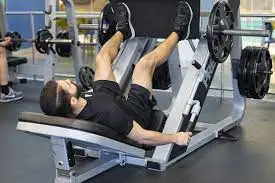
Narrow Stance Leg Press:
- For the narrow stance leg press, position your feet close together with your toes pointed forward.
- This version provides a more balanced development of the thigh muscles by emphasizing the outer quadriceps.
- Growth of the outer quadriceps: The narrow stance leg push aids in the development of the outer thigh muscles, which improves leg strength and creates a more balanced appearance.
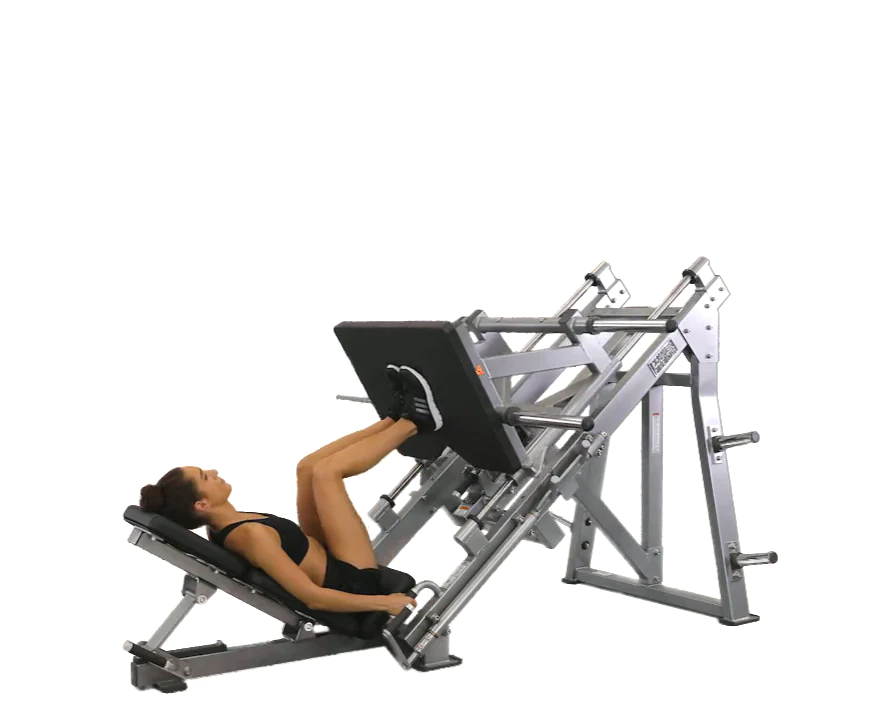
High Foot Placement Leg Press:
- Your feet should be flat on the leg press machine, and your heels should extend outside the edge. This variation continues to engage the quadriceps but puts greater focus on the hamstrings and glutes.
- Focus on hamstrings and glutes: The high foot placement leg press strengthens the hamstrings and glutes, which are frequently weak, and helps to achieve a balanced lower body.
- Enhanced athletic performance: In sports requiring strong lower body motions, strengthen your hamstrings and glutes to perform better.
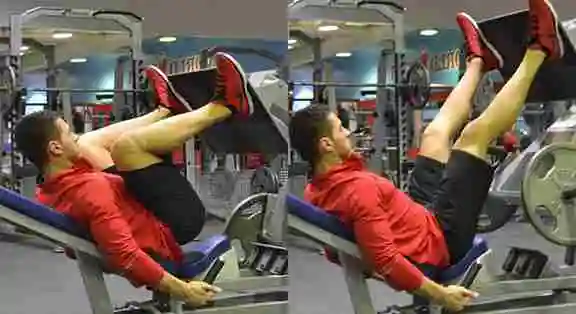
Single Leg Press:
- To perform the single-leg press, place one foot on the platform while allowing the other foot to either rest on the ground or cross over the leg that is doing the work.
- Addressing muscle imbalances: The single-leg push is a useful tool for determining and resolving left-to-right leg strength abnormalities.
- Increased unilateral strength: By concentrating on one leg at a time, one can increase single-leg strength and stability, which is crucial for a variety of everyday chores and sports.
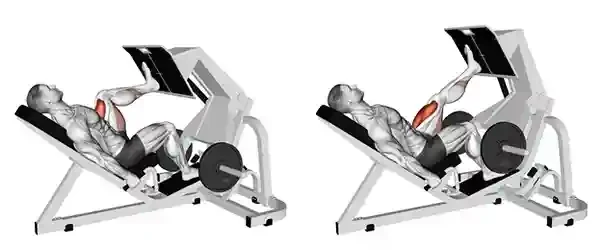
Calf Press on the Leg Press Machine:
- Your feet should be flat on the leg press machine, and your heels should extend outside the edge.
- Push the platform away by extending your ankles and engaging your calf muscles, keeping your posture straight throughout the movement.
- Increased strength in the calf muscles: The leg press machine’s calf press efficiently works the calf muscles, which are essential for stability, propulsion, and balance in a variety of tasks.
- Improved lower leg definition: Doing calf pushes on a regular basis will help your lower legs look more toned and balanced by improving muscle definition.
Leg Press Exercise Video
Benefits Of Performing Leg Press
- Leg presses strengthen lower-body muscles
- Leg presses support strong bones
- Leg presses offer beginner-friendly exercise
- Leg presses provide a versatile exercise
- Leg presses may help with injury recovery
- Leg presses boost athletic performance
Common Mistakes While Performing Leg Press
Maintaining correct form is crucial if you want to maximize your leg press exercises. Don’t make these mistakes if you want to perform the leg press securely.
- Too Much Weight
- Buttocks Not Flat Against Seat
- Placing Hands on Knees
- Short Range of Motion
- Raising Head
- Breathing
Too Much Weight: Being careful not to try to lift more weight than you should is one of the most important things. Lowering the weight is necessary if you are unable to regulate your motions. The way you lift weights is less crucial than proper form.
Buttocks Not Flat Against Seat: Your legs are at an excessively acute angle if your buttocks are elevated off the seat. If you get cramping or your knees appear to be right in front of your eyes, you are in bad posture.
Putting Your Hands on Your Knees: This common error will seriously affect your form. So, keep your hands on the rest handles.
Limited Range of Motion: Be sure to complete the full range of motion while keeping your hips firmly in contact with the seat. Lower your weights or adjust the seat if necessary. This means keeping your legs wide and your butt under your hips as you fully settle into the pose.
Raising Head: Pay attention to your head position. If you’re jerking your head forward, it’s a clear sign that you’re using too much weight.
Breathing:
You can eventually make your breathing automatic by concentrating on expelling during exertion and inhaling during release.
Precautions While Performing Leg Press
- Because the leg push places a lot of strain on the pelvic floor, avoid exercise if your pelvic floor muscles are weak.
- Follow your physician’s or physical therapist’s advice by performing strengthening exercises or opting for safer leg press alternatives.
- Avoid pushing through knee pain in one or both knees, as doing so can lead to injury.
- If you experience back pain or have a back injury, steer clear of this exercise since it may place additional strain on your back.
Summary
- A useful exercise that may increase lower body strength, power, and endurance is the leg press.
- You press your legs against a machine that supports you and moves you through a predetermined range of motion.
- For beginners who wish to progress to more difficult resistance exercises, this makes the low-impact workout a great option.
- As your fitness improves, you can progressively increase the amount of weight. No matter how fit you are, leg presses are a good addition to your leg day workout regimen.
FAQ’s
Squats, for instance, would be a better option if you want to improve your functional strength. If you want to develop and build your legs, particularly your quadriceps, leg presses can be the best option. In the end, both workouts can help you gain strength.
Leg presses can tone and build your thighs, but they don’t actually cut down on thigh fat. Exercises that burn more calories and lower your body fat percentage are necessary to reduce body fat, especially thigh fat. Leg presses mainly increase muscular mass in your legs.
When compared to other workouts like squats and deadlifts, the leg press has a lower risk of injury, which makes it an excellent option for persons with back problems or weak knees.
For most people, doing the leg press every day is not advised. Here’s the reason: Recovery of Muscle: Your muscles require time to grow and heal. Excessive training can cause weariness, poor performance, and even damage.
Take it as a blessing if your home gym has a leg press machine. The quadriceps, hamstrings, glutes, and calves are among the main lower body muscular groups that this bad boy targets.
References:
- Rogers, P. (2024, June 10). How to do the leg press. Verywell Fit. https://www.verywellfit.com/how-to-do-the-leg-press-3498610
- Nasm, B. W. (2023, January 10). How to do the leg press. Men’s Health. https://www.menshealth.com/fitness/a42443953/how-to-leg-press
- Michael. (2024, October 17). Leg press variations: Targeting different muscle groups for maximum results. Gym Gear. https://gymgear.com/leg-press-variations-targeting-different-muscle-groups-for-maximum-results/
